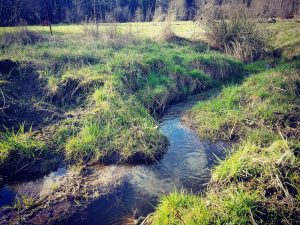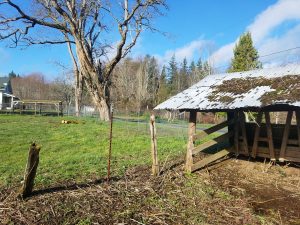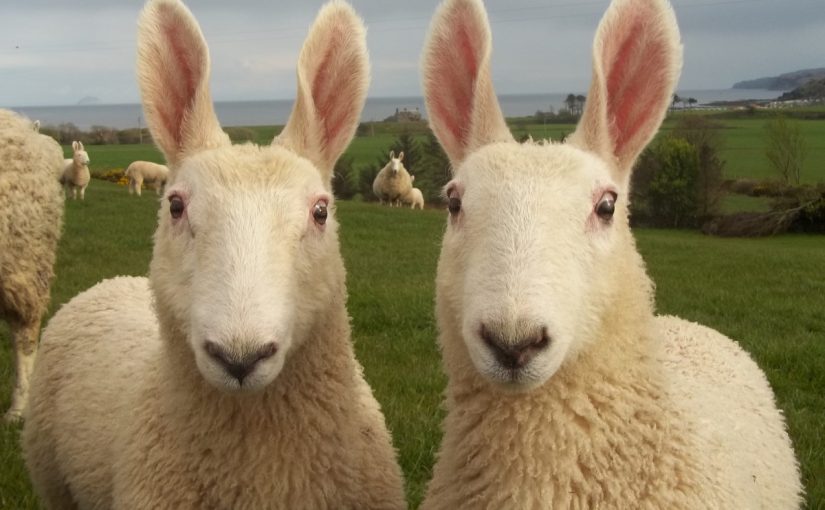Weather here in Longbranch (and the rest of the Puget Sound) has been eventful these past few days, and electricity has been intermittent, so I hope I am able to get this post up without any more interruptions!
 This past week we finally saw some positive momentum- my fiance and I had a meeting with Rene from the Pierce County Conservation District, and with Tom, a wetlands biologist who came out to our property to do some testing for us. While pretty much all of our land is considered wetlands, we were able to establish that agricultural activity has been continued with no five-years-or-greater breaks, which means we will definitely be able to utilize our property for livestock and crop production. Hooray! What a relief!
This past week we finally saw some positive momentum- my fiance and I had a meeting with Rene from the Pierce County Conservation District, and with Tom, a wetlands biologist who came out to our property to do some testing for us. While pretty much all of our land is considered wetlands, we were able to establish that agricultural activity has been continued with no five-years-or-greater breaks, which means we will definitely be able to utilize our property for livestock and crop production. Hooray! What a relief!
During our meeting with Rene and Tom, my fiance and I discussed our plans for our farm and what we want to see happen to our property. Rene and Tom helped us to realize what kind of scale is actually reasonable and sustainable, and

thankfully everything they said is pretty much in line with what we are hoping for. Going forward, we will be working with someone to create a farm plan (that will likely happen in the first week of March), so we are pretty excited about that development. Rene is working on funding to cover the cost of creek restoration which will include the removal of invasive blackberry and replanting of native species to help control erosion. We’ll have a riparian buffer along the creek and some fencing to keep livestock out, and I’m told we’ll be able to put in walking paths/trails, and I’m super excited about that, too!
As for the nitty gritty about sheep: the amount of available pasture for grazing should support about 5 large sheep, perfect for my needs and wants. A heavy use area will be put in with some mud-free footing for the critters, also cost-shared with the PCCD. A small barn or other type of housing structure will also be constructed with help from an engineer from PCCD. All of this will likely not happen this year, which makes my impatient, animal-loving heart a little sad, but I know it’s best that we get the infrastructure completed before acquiring critters.

I’ve been researching different kinds of sheep to potentially bring on to our farm, and Border Leicesters are topping the list- cuteness factor is the #1 consideration, but I’m also looking at how resistant the breeds are to foot rot, how well they thrive in our moderate climate, resistance to parasites, friendliness, wool characteristics and production amounts, and intelligence (yes, some sheep are actually smart!)
